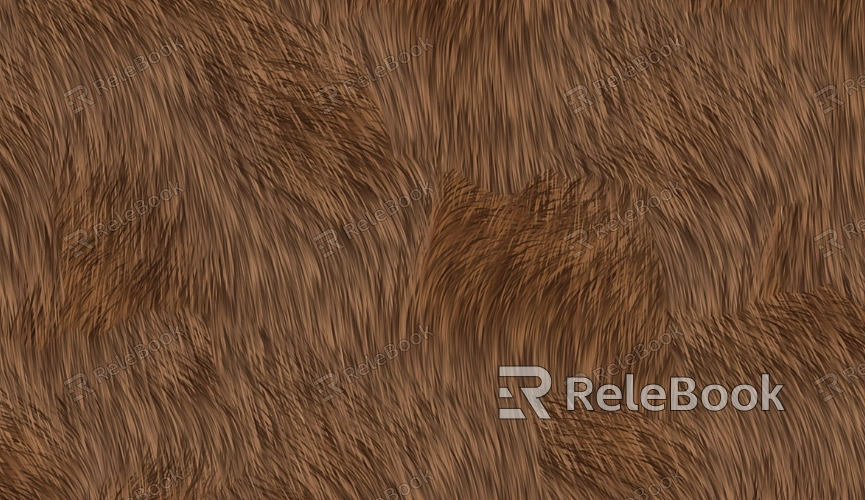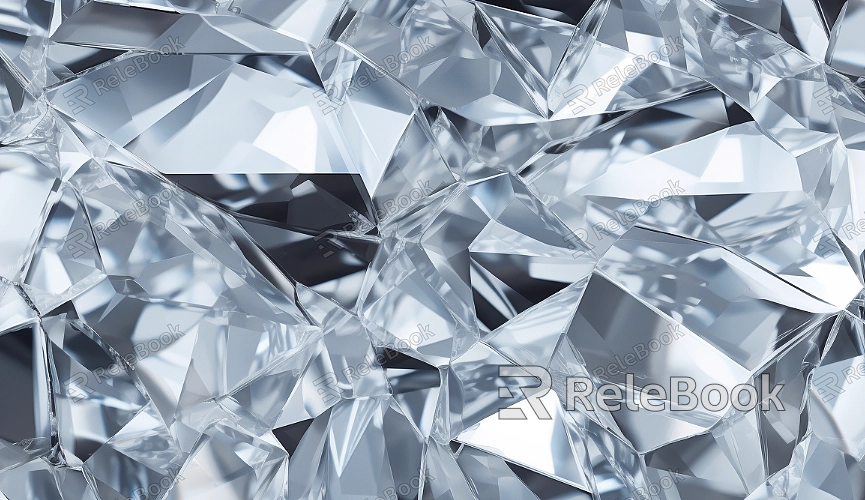How to Create 3D Models and Textures for Unity
Unity is a powerful engine widely used in game development, virtual reality (VR), and interactive applications. Whether it's creating virtual environments, character models, or rendering complex scenes, the creation of 3D models and textures is a crucial part of the development process. However, how exactly do you create high-quality 3D models and textures for Unity? In this article, we will explore the essential steps involved in creating 3D models and textures for Unity, from modeling to texturing.

1. Choosing the Right Modeling Software
Before creating 3D models, it's important to select the appropriate software. Different tools cater to different workflows and project needs.
Blender: As a free, open-source software, Blender is ideal for independent developers and small teams. It supports various modeling techniques, including polygon modeling, sculpting, and detail enhancement, making it great for creating detailed 3D models.
Maya and 3ds Max: These two software packages are industry standards for modeling and animation, especially suited for large-scale projects or complex character and scene modeling. They offer powerful tools for precise control over model details.
ZBrush: If you need to create highly detailed sculpted models, ZBrush is the perfect choice. It specializes in high-precision sculpting, making it ideal for complex characters or intricate details.
2. Modeling and Optimization
Modeling is the foundational and most critical part of 3D design. Regardless of the software used, designers should follow certain principles to ensure the final model is optimized for Unity.
Low-Polygon Modeling: To enhance game performance, models used in Unity should have a low-polygon structure to avoid unnecessary polygon count. Low-poly modeling techniques help maintain simplicity in the model while preserving visual quality.
Topology Optimization: Proper topology ensures that the model remains stable and smooth during animation, deformation, and texturing. Well-distributed edges and vertices minimize distortion issues during animation.
UV Unwrapping: After modeling, the next step is to unwrap the model’s UVs. This process flattens the 3D surface into a 2D plane, allowing for effective texture mapping. A good UV layout prevents texture stretching and ensures that the textures fit perfectly on the model’s surface.
3. Creating and Applying Textures
Textures define the appearance of a 3D model and bring it to life, adding realism and detail. When creating textures, it's important to choose the right tools and design textures that suit the model’s requirements.
Texture Painting: Tools like Substance Painter or Photoshop allow you to create base textures, including colors, details, and glossiness. Substance Painter offers powerful painting tools, letting you paint directly onto the 3D model and view real-time results.
Normal Maps and Specular Maps: Adding normal maps and specular maps enhances the surface detail of the model, making it look more realistic. Normal maps simulate small surface bumps, while specular maps control the material's shine or glossiness.
PBR (Physically Based Rendering) Materials: PBR is commonly used in modern game development. By simulating physical properties such as metalness, roughness, and transparency, PBR creates realistic material effects that work well in Unity, providing natural lighting and shading.

4. Importing Models and Textures into Unity
Once your model and textures are ready, the next step is to import them into Unity and set them up as game assets. This process involves several important steps to ensure that your models and textures render correctly.
Model Import: Export your 3D model in a Unity-supported format (such as FBX or OBJ) and import it into Unity. After importing, check the model’s scale, position, and rotation to ensure it fits the scene as intended.
Applying Textures and Materials: In Unity, create materials and apply the previously created texture files to these materials. Be sure to select the appropriate shaders and tweak material properties to achieve the desired visual effect in the scene.
Lighting Setup: Lighting plays a key role in how textures are displayed. In Unity, setting up the right light sources and shadow effects ensures that your model’s textures look vibrant and realistic.
5. Performance Optimization
Once your models and textures are imported into Unity, performance optimization becomes essential to ensure smooth gameplay. Complex models and textures can impact rendering performance, especially on mobile devices and in VR, where resources are limited.
Simplify Models: Reducing the polygon count and merging similar meshes can significantly lower the complexity of the model, which in turn improves rendering efficiency.
Texture Compression: Unity offers texture compression options that reduce the file size of textures, improving load times while maintaining texture quality.
LOD (Level of Detail) Techniques: By using LOD, Unity can display models and textures with varying detail levels based on distance and viewpoint. This helps optimize performance by displaying simpler versions of models when they are far from the camera.
6. Testing and Adjusting
After setting everything up, the next step is to test the models and textures in Unity’s game view to ensure everything performs and appears as expected.
Performance Testing: Test the scene’s frame rate and load times to ensure that complex models and textures do not cause performance issues.
Visual Adjustments: Based on your test results, fine-tune the models and textures to achieve the best visual outcome. Minor adjustments can make a big difference in how the scene looks and feels.
Creating 3D models and textures for Unity is a detailed and multi-step process, requiring skill and attention to detail. From modeling and texturing to importing and optimizing assets, designers must master the necessary software tools and techniques to create efficient, high-quality models and textures. By following best practices in modeling, texturing, and performance optimization, you can ensure that your Unity projects not only look stunning but also run smoothly.
If you’re looking for more resources on 3D modeling, texturing, or Unity assets, Relebook provides a wealth of quality resources to help you enhance your creative process and elevate your project development.

